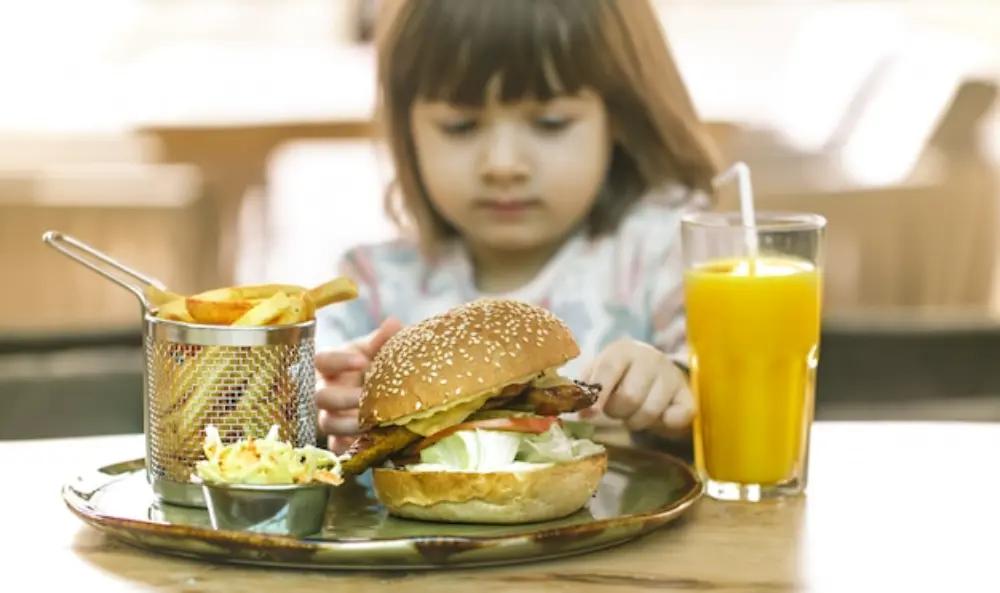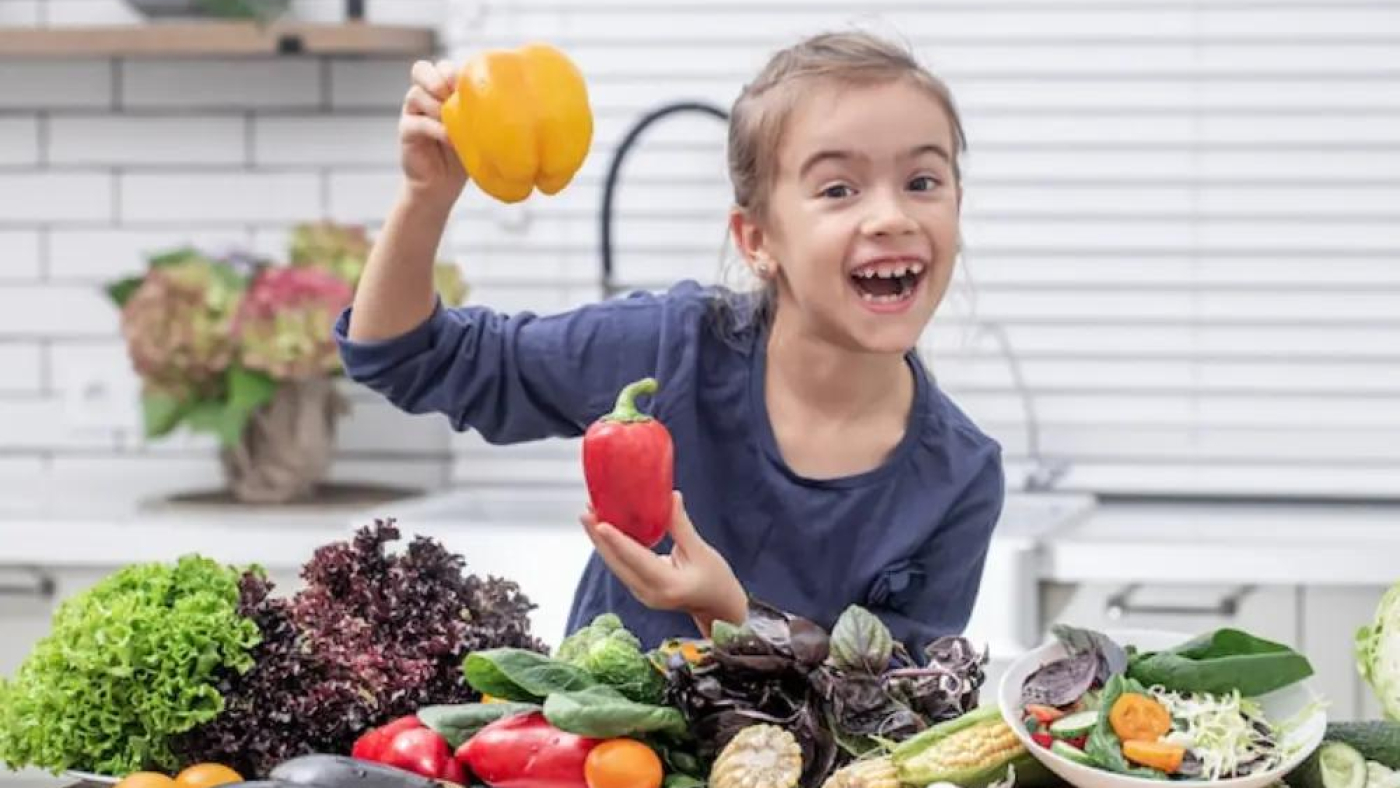As a parent, I know how important ensuring my child gets the right nutrition is. With so much conflicting advice, figuring out what’s good for growing bodies can feel overwhelming. But when we break it down, meeting children’s dietary needs doesn’t have to be complicated.
Understanding Children’s Dietary Needs
Kids need a balanced diet to fuel their growth, support their immune systems, and keep their energy levels steady throughout the day. A well-rounded diet should include:
- Protein – Supports muscle growth and repair.
- Carbohydrates – Provides energy for active play and learning.
- Healthy fats – Essential for brain development.
- Vitamins and minerals – Strengthen immunity and overall health.
- Hydration – Keeps the body functioning properly.
The key is offering a variety of whole, minimally processed foods to help children develop good eating habits early on.

How Much Should Kids Eat?
Portion sizes depend on age, activity level, and growth stage. Here’s a general guideline:
- Toddlers (1–3 years old): Small, frequent meals with nutrient-dense foods.
- Preschoolers (4–5 years old): Small portions, still focusing on variety.
- School-aged children (6+ years old): Balanced meals with protein, whole grains, fruits, and vegetables.
Rather than forcing kids to clean their plates, focus on listening to their hunger and fullness cues. This helps them develop a healthy relationship with food.
The Building Blocks of a Healthy Diet
1. Protein: The Growth Booster
Protein is essential for strong muscles and overall development. Good sources include:
- Lean meats like chicken and turkey
- Fish and seafood
- Eggs
- Dairy products like yoghurt and cheese
- Plant-based options such as beans, lentils, and tofu
2. Carbohydrates: The Energy Source
Carbs often get a bad reputation, but they’re essential for kids. The best choices are:
- Whole grains (brown rice, whole wheat bread, oats)
- Fruits and vegetables
- Legumes like lentils and chickpeas
3. Healthy Fats: The Brain Food
Fats are crucial for brain health and hormone production. Look for:
- Avocados
- Nuts and seeds
- Olive oil
- Fatty fish like salmon
4. Vitamins & Minerals: The Immune Boosters
A variety of colourful fruits and vegetables ensures kids get essential vitamins and minerals:
- Vitamin C (oranges, strawberries, capsicum) for immunity
- Calcium (milk, cheese, leafy greens) for strong bones
- Iron (lean meats, beans, fortified cereals) for energy and brain function
5. Hydration: The Forgotten Essential
Kids need plenty of fluids, but sugary drinks can lead to unnecessary calories and tooth decay. Stick to:
- Water
- Milk (or plant-based alternatives like almond or oat milk)
- Limited amounts of 100% fruit juice
Encouraging Healthy Eating Habits
1. Make Mealtime Fun
Children are more likely to eat healthy foods if they’re involved. Let them help with meal prep, set the table, or even choose the vegetables for dinner.
2. Be a Role Model
Kids learn by watching. They will likely do the same if they see you enjoying fruits, veggies, and whole foods.
3. Avoid Food Battles
Forcing kids to eat something they dislike can create negative associations with food. Instead, offer a variety and let them explore at their own pace.
4. Keep Healthy Snacks Available
When hunger strikes, kids will grab what’s easy. Stock up on:
- Cut-up fruits and veggies
- Yoghurt
- Nuts (if age-appropriate)
- Whole-grain crackers with cheese
5. Teach the Importance of Balance
It’s okay for kids to enjoy treats sometimes. Teaching them that all foods can fit into a healthy diet in moderation prevents food guilt and unhealthy eating habits later in life.
Addressing Common Challenges
My Child is a Picky Eater
Picky eating is normal, especially for toddlers. Try these strategies:
- Offer new foods alongside familiar favourites.
- Be patient – it may take several tries before they accept a new food.
- Avoid pressuring them to eat; instead, make mealtime relaxed.
My Child Refuses Vegetables
If veggies are a struggle, try:
- Serving them with a favourite dip like hummus or yoghurt dressing.
- Add them to their favourite dishes (grated carrots in pasta sauce, spinach in smoothies).
- Letting kids help choose and prepare veggies to increase their interest.
My Child Wants Junk Food All the Time
Rather than banning junk food entirely, focus on balance:
- Offer nutritious meals first, so there’s less room for unhealthy snacks.
- Teach kids to enjoy treats in moderation without guilt.
- Make healthier versions of their favourite foods at home.

Final Thoughts
Meeting children’s dietary needs doesn’t have to be stressful. By offering a variety of wholesome foods, encouraging positive eating habits, and making meals enjoyable, we can set our kids up for a lifetime of good health. What are your go-to tricks for getting kids to eat healthily? Share in the comments – I’d love to hear from you!


Add a Comment